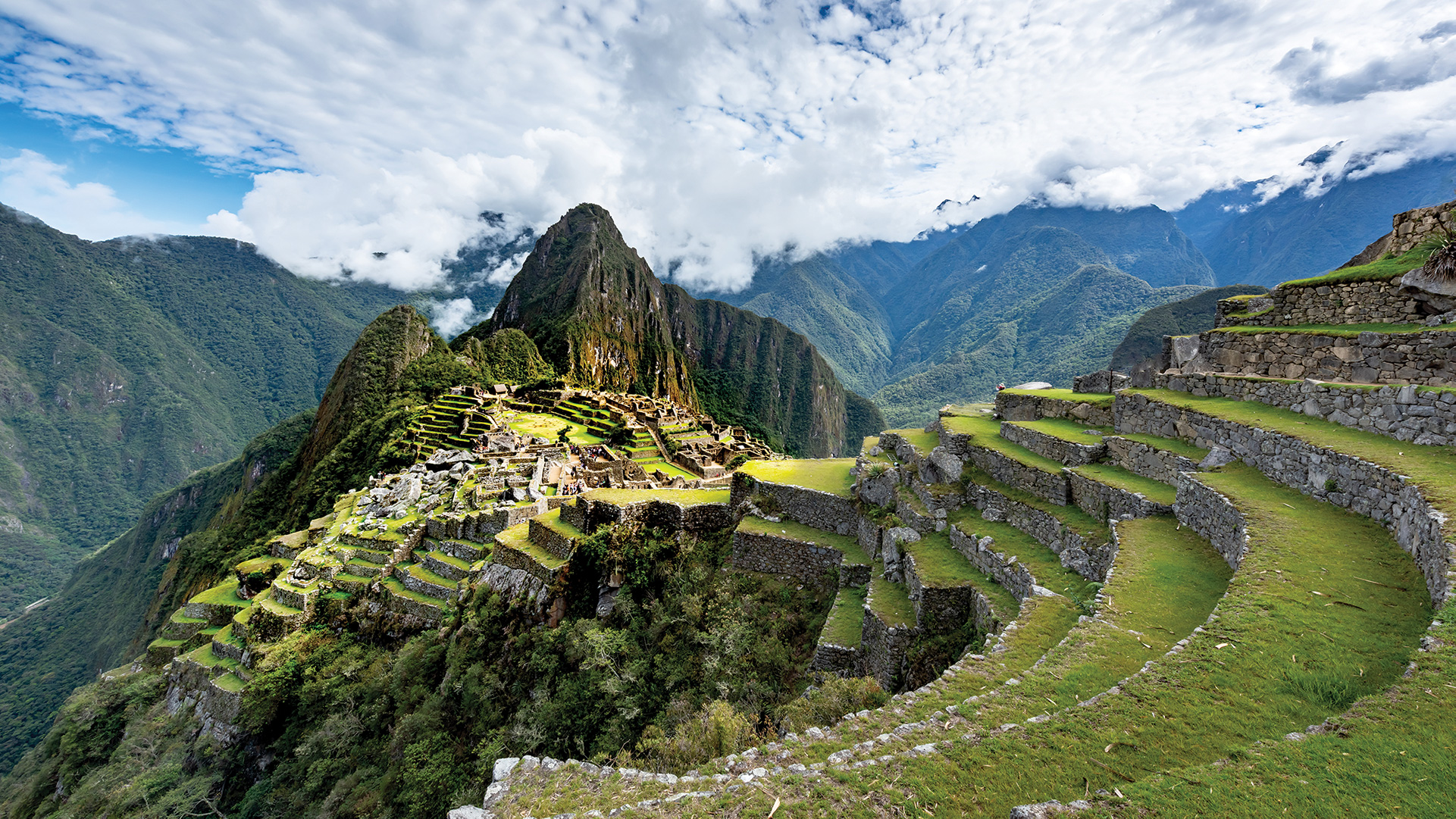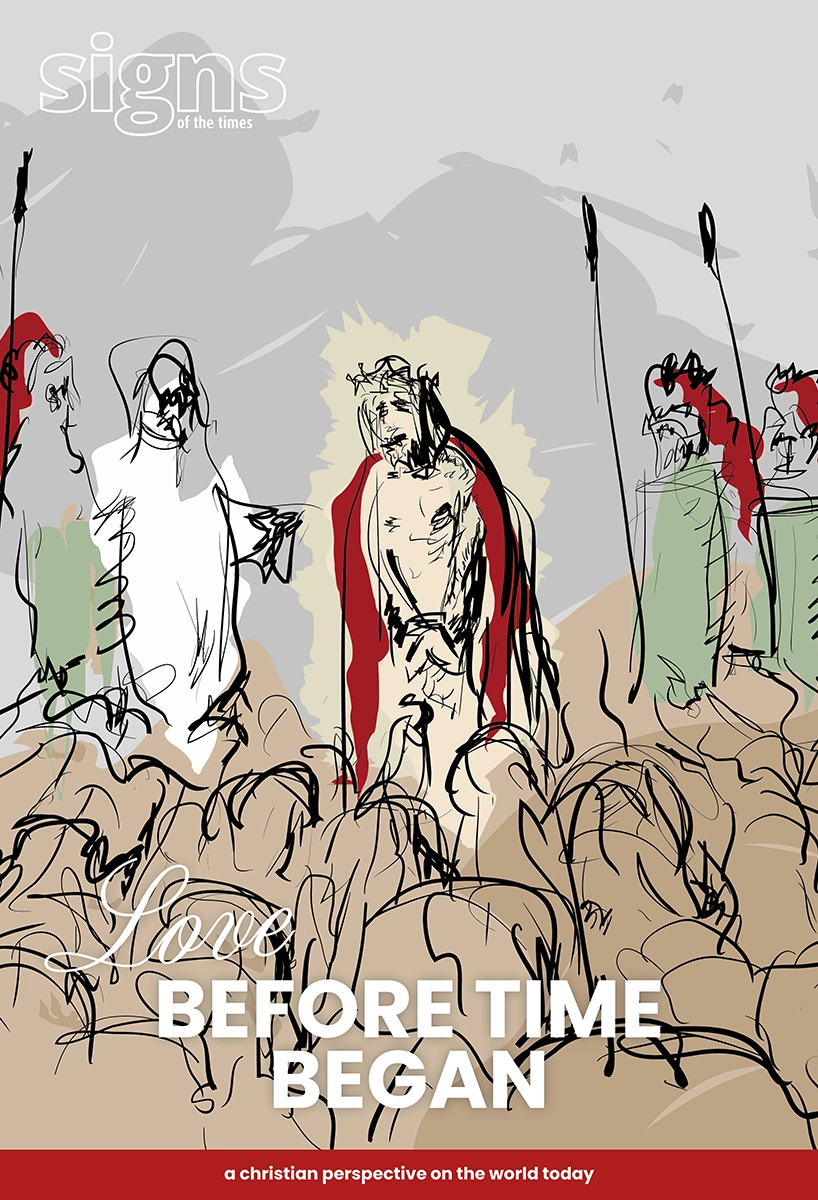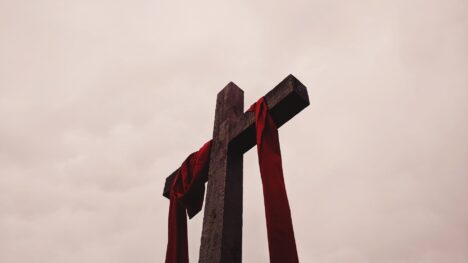
Every year in Australia, with predictable regularity, there’s a fresh round of debate over the nation’s history and identity, in particular its Indigenous history and ethnic identity. Should Australia Day be rightfully renamed Invasion Day? Is it right to celebrate the unauthorised arrival of Great Britain’s first boatloads of convicts on Dharug land as the “birth of our nation”? Or did the planting of the Union Jack mark the beginning of 232 years of dispossession and discrimination against Australia’s Indigenous peoples?

Genocide. Too strong a word? Well, it’s fairly clear that, between the arrival of the First Fleet and 1900, the Indigenous population of Australia was decimated. In that first century or so of contact, the numbers plummeted from more than 300,000 to less than 100,000. The causes? Introduced diseases, disruption, armed skirmishes and outright massacres. Despite the increase in population since 1900, there’s no doubt that the disadvantage of Aboriginal and Torres Strait Islanders continues to this day in terms of employment, education, health outcomes and life expectancy. But many Indigenous Australians refuse to be labelled as passive victims. Instead, they say, they are survivors.
Survivors. It’s a powerful word that communicates pride and determination as well as the echo of trauma. It’s the word preferred by those who have suffered domestic violence and yet carry on building a new life. It’s a word we could use to describe families fleeing warzones or natural disasters; Christchurch residents recovering from earthquakes or terrorist violence, or Aussie farmers facing yet another season of drought.
Déjà vu
It’s a story as old as time as the broom of history has threatened to sweep away entire nations, kingdoms and empires. Indeed, more than threatened, as the scattered shards of archaeology attest. Where are the descendants of the eastern Mediterranean’s Hittites today? The original inhabitants of Easter Island, or the mysterious unknown people who carved the Nazca Lines into the desert plains of southern Peru? Gone.

The prospect of total genocide is one faced by many peoples since ancient times. The biblical record focuses particularly on the challenges faced by the nation of Israel. Located at the strategic intersection of Europe, Asia and Africa, and threatened by the empires that surrounded them, they cried out to God: “Alas, Sovereign Lord! Are you going to destroy the entire remnant of Israel in this outpouring of your wrath on Jerusalem?” (Ezra 9:14).
Remnant. It’s a word we don’t use much outside of sewing and fabric outlets today. Remnants: those leftover pieces of material offered at a heavy discount, too small to be truly useful. But the Bible uses “remnant” in the same sense that we use “survivor” today, with the same echoes of trauma, but also of hope.
When the Persian conqueror Cyrus arrived on the scene in 540 BC, Israel was at its lowest ebb; its people merely crumbs caught up in the machinery of empire. Ten of the original 12 tribes had been invaded and forcibly relocated by the Assyrian empire, after which they disappeared into the mists of history. The remaining two tribes, Judah and Benjamin (along with some from the priestly tribe of Levi), based in and around Jerusalem, had suffered no less than three consecutive conquests by the Babylonians, each incursion bringing more devastation and ending in miserable lines of prisoners stumbling towards Babylon.
The prophet Jeremiah grimly recalls the destruction: “Nebuzaradan commander of the imperial guard, who served the king of Babylon, came to Jerusalem. He set fire to the temple of the Lord, the royal palace and all the houses of Jerusalem. Every important building he burned down. The whole Babylonian army, under the commander of the imperial guard, broke down all the walls around Jerusalem. Nebuzaradan the commander of the guard carried into exile some of the poorest people and those who remained in the city, along with the rest of the craftsmen and those who had deserted to the king of Babylon. But Nebuzaradan left behind the rest of the poorest people of the land to work the vineyards and fields” (Jeremiah 52:12–16).
Temple, palace, city walls, people . . . a calculated and categorical genocidal attack aimed at wiping out the Jewish religion and culture. Permanently.
But there was a remnant—“the poorest people of the land” as well as those exiled to Babylon, struggling to maintain their identity in the land of their conquerors. And there was a promise. Contained in the prophecies of Isaiah, made more than a century beforehand were these words: “For out of Jerusalem will come a remnant, and out of Mount Zion a band of survivors. The zeal of the Lord Almighty will accomplish this” (Isaiah 37:32).
But, more than a vague hope of survival, Isaiah had conveyed an incredibly detailed message from God, even naming the man (well before his birth) whose decree would make restoration possible: “I am the Lord, the Maker of all things. . . . who says of Jerusalem, ‘It shall be inhabited,’ of the towns of Judah, ‘They shall be rebuilt,’ and of their ruins, ‘I will restore them,’ who says to the watery deep, ‘Be dry, and I will dry up your streams,’ who says of Cyrus, ‘He is my shepherd and will accomplish all that I please; he will say of Jerusalem, “Let it be rebuilt,” and of the temple, “Let its foundations be laid”’” (Isaiah 44:24–28).
The biblical book of Daniel (5:30) tells us that Babylon was conquered by the Medo-Persian alliance, who proved to be more enlightened and humane overlords from the Jews’ perspective. The books of Ezra, Nehemiah and Haggai tell the story of Cyrus’s decree permitting the return of about 42,000 exiles and the rebuilding of Jerusalem, including the temple—although it was a much humbler structure than the grand edifice the Babylonians had destroyed.
After 70 years of exile the remnant people had survived. But they were determined not to neglect their faith as their ancestors had so often, thus risking the removal of God’s protection over their nation. At a public reading of the laws of Moses (Nehemiah 8), the people wept, realising how far they had drifted from the requirements of their faith. But their tears motivated them to action. Not only did they work hard to rebuild Jerusalem, they corrected the directions of their lives where they saw they’d gone wrong, they reinstated the priests and Levites in their religious roles, they began to celebrate the holy festivals again, they prevented commercial activity on the Sabbath day and they ensured that their community no longer oppressed its poor. It was a thoroughgoing national and spiritual revival and an opportunity for a new start.
Biblical proportions
Thanks for the history lesson, but so what? you may ask. How is this relevant to me? Well, where this gets interesting is in the Bible’s final book—Revelation, which focuses on the final events that will propel Earth to its end, something humanity may even have a hand in, given our penchant for nuclear weapons, pollution and otherwise fouling or denuding our planet. Despite being written about 600 years after Cyrus, Revelation continues to use Jerusalem and Babylon as symbols of last-days people movements and religio-political powers—the kingdom of God versus the kingdom of evil.
The call goes out in Revelation 18:2,4: “Fallen! Fallen is Babylon the Great!”. . . . “Come out of her, my people . . .” Like the Jewish exiles in ancient times, God’s remnant is pictured here as living within a doomed and corrupt system—Babylon—but needing to return to true worship. Amid the persecutions and depradations of that time, there stands a group of people who demonstrate faithfulness and endurance: “the people of God who keep his commands and remain faithful to Jesus” Revelation 14:12. Many theologians see this remnant group as carrying the messages of the three angels of Revelation 14: the message of the “eternal gospel” to every person on earth, the message to worship the Creator, the message of the fall of Babylon and a warning against getting dragged down with Babylon.
Again, this remnant is a humble group of survivors, traumatised by their history and beset by troubles. But they are the people who, instead of needing to rebuild Jerusalem, as the Jewish exiles did, are given an incredible gift: “I saw the Holy City, the new Jerusalem, coming down out of heaven from God, prepared as a bride beautifully dressed for her husband. And I heard a loud voice from the throne saying, ‘Look! God’s dwelling-place is now among the people, and he will dwell with them. They will be his people, and God himself will be with them and be their God. “He will wipe every tear from their eyes. There will be no more death” or mourning or crying or pain, for the old order of things has passed away’” (Revelation 21:2–4).
It’s a new start. A new life. It’s the beginning of forever.
Kent Kingston is editor of Signs of the Times. He lives with his family in NSW’s Lake Macquarie region.












